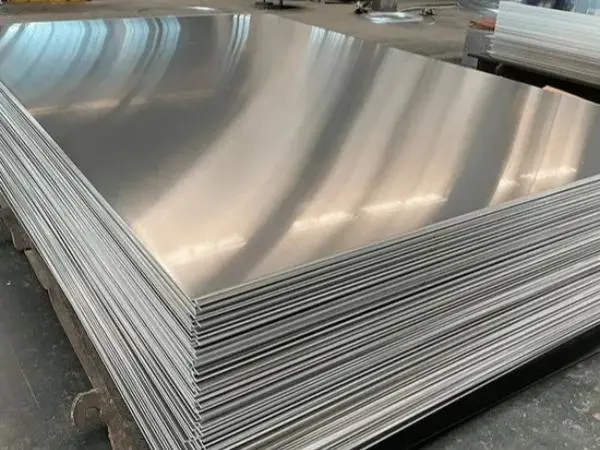- Phone0086 731 8564 8255
- E-mailsales@cscsteel-manufacturing.com
-

The manufacturing process for PE-coated steel pipes involves several key steps to ensure the application of a durable and effective polyethylene (PE) coating. The coating typically consists of three layers in the case of 3LPE (Three-Layer Polyethylene) pipes, providing enhanced corrosion resistance, mechanical protection, and longevity. Here’s a detailed breakdown of the process.
1. Surface Preparation
Proper surface preparation is critical for ensuring the adhesion of the coating to the steel pipe. The process typically includes:
Cleaning: The steel pipe is cleaned using mechanical (shot blasting or grit blasting) and chemical methods (acid cleaning or degreasing) to remove any mill scale, rust, oil, or grease.
Blasting: The pipe is subjected to abrasive blasting (usually to SA 2.5 or higher) to achieve the required surface roughness (around 50-70 microns). This step improves the adhesion of the first layer of the coating (fusion-bonded epoxy).
Pre-heating: The cleaned steel pipe is heated (usually to a temperature of 180-250°C) before applying the fusion-bonded epoxy. Pre-heating ensures optimal adhesion of the coating to the steel surface.
2. Application of Fusion-Bonded Epoxy (FBE) Layer
Epoxy Powder Application: The first layer of the coating is the fusion-bonded epoxy (FBE) layer, which is applied by spraying epoxy powder electrostatically onto the pre-heated pipe. The heat from the pipe melts the powder, which then bonds and cures on the surface.
This layer acts as the primary anti-corrosion barrier, providing excellent resistance to moisture, chemicals, and electrical insulation, preventing corrosion of the steel surface.
3. Application of Adhesive Layer
After the FBE layer has cured, a copolymer adhesive layer is applied. This adhesive acts as a bonding agent between the epoxy layer and the outer polyethylene layer.
The adhesive is applied while the epoxy layer is still in a reactive state, ensuring that it forms a strong bond between the FBE and the polyethylene outer layer.
4. Application of Polyethylene (PE) Layer
The final and outermost layer is made of high-density polyethylene (HDPE). This layer provides mechanical protection against physical damage (e.g., abrasion or impact) and shields the pipeline from environmental factors, such as UV exposure and soil pressures.
The PE layer is typically extruded or wrapped around the pipe, ensuring a uniform coating thickness (usually 1.8 mm to 3.0 mm) depending on the application and standards.
5. Cooling
Once the three-layer coating is applied, the pipe is passed through a cooling section where it is cooled by air or water. This step ensures that the coating hardens and bonds tightly to the steel pipe.
Cooling also prevents any deformation or damage to the PE layer during further handling.
6. Inspection and Quality Control
After the coating process, the coated steel pipes undergo several inspections to ensure the coating's quality and uniformity:
Visual Inspection: To check for any surface defects or irregularities in the coating.
Thickness Measurement: To ensure the correct thickness of each layer (FBE, adhesive, and PE).
Holiday Detection: An electrical test is performed to check for pinholes or discontinuities in the coating that could allow corrosion to reach the steel surface.
Adhesion Test: This test assesses the strength of the bond between the coating layers and the pipe surface.
Impact and Indentation Tests: Mechanical tests are performed to check the coating’s resistance to physical damage during handling and installation.
7. Marking and Packaging
Once the pipes pass all inspections, they are marked with relevant information such as size, grade, standard, and coating type. The pipes are then bundled or packaged according to customer specifications.
Storage and Transport: The coated pipes are carefully stored and transported to prevent damage to the external coating before they reach the installation site.
This manufacturing process ensures that PE-coated steel pipes have excellent corrosion resistance, mechanical durability, and long service life, making them ideal for transporting oil, gas, water, and other fluids in challenging environments.




